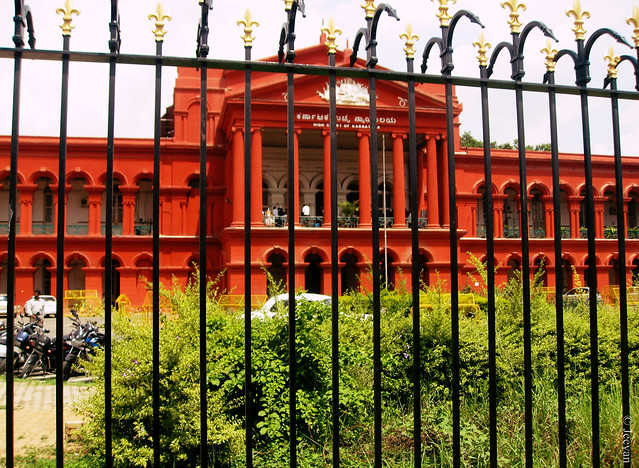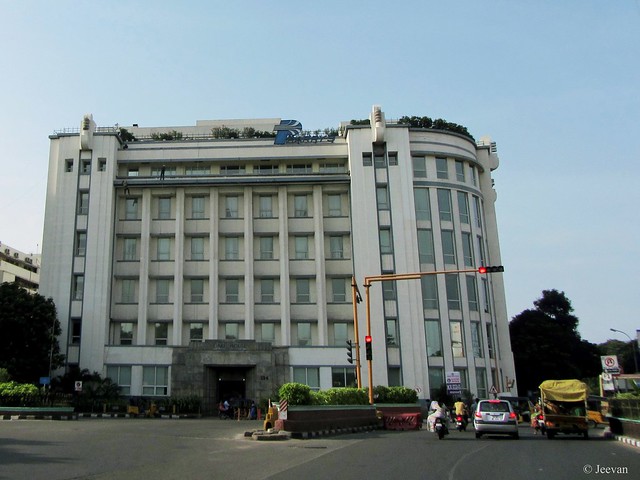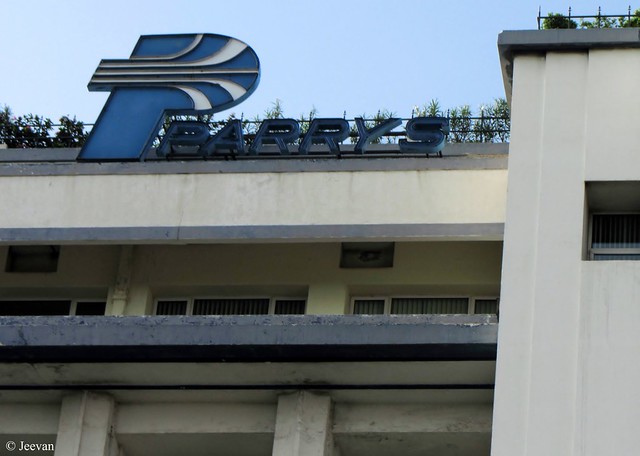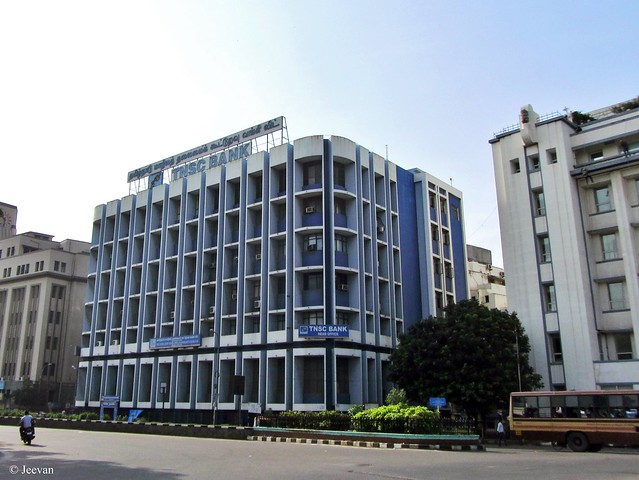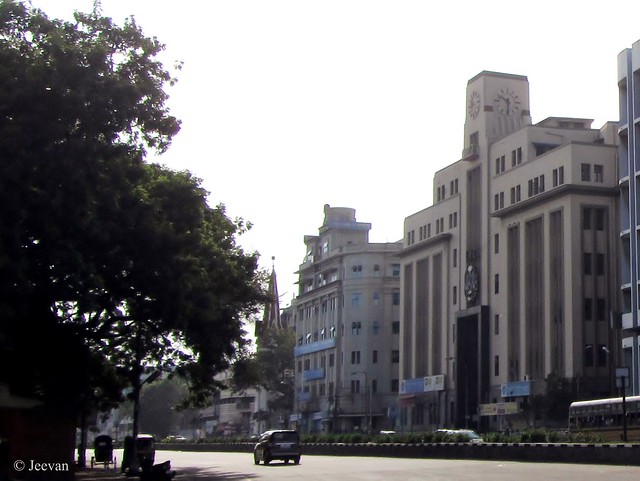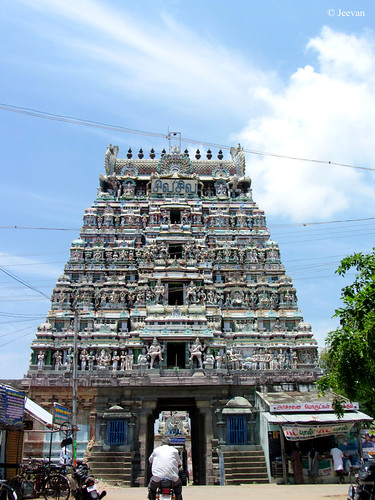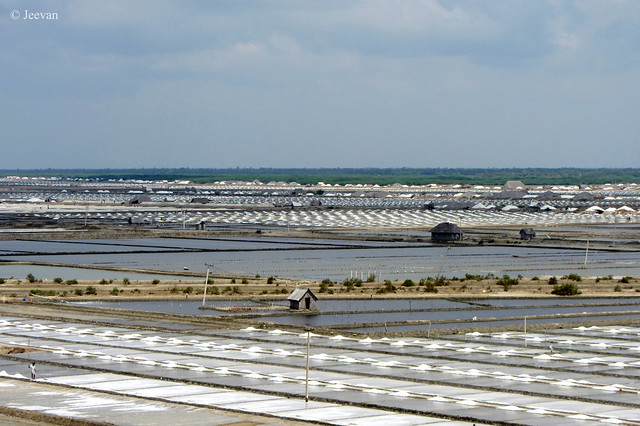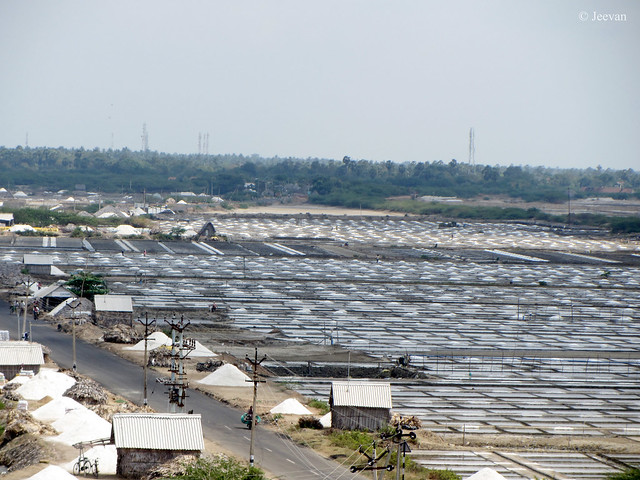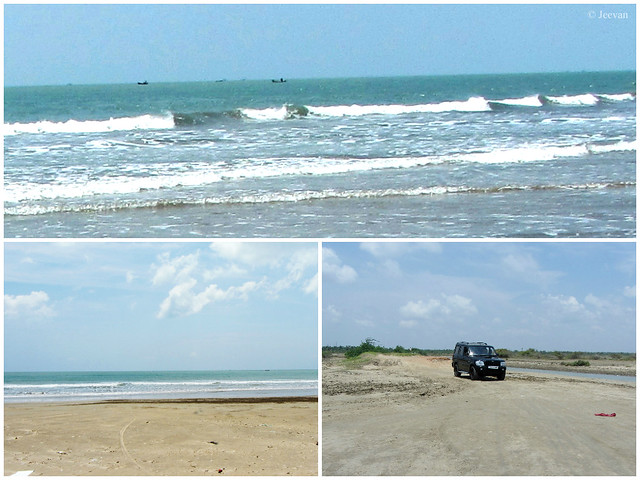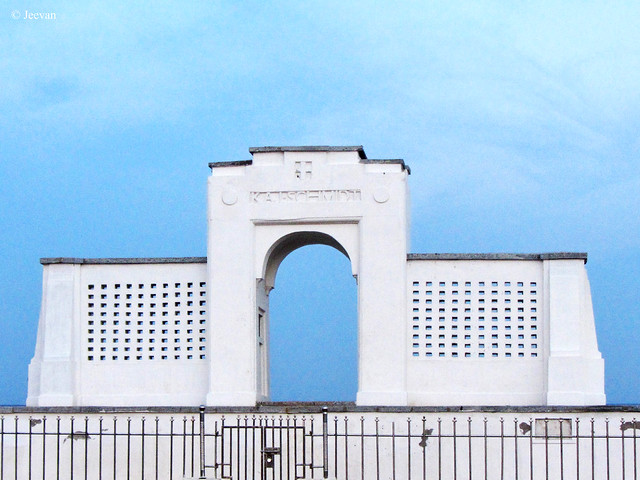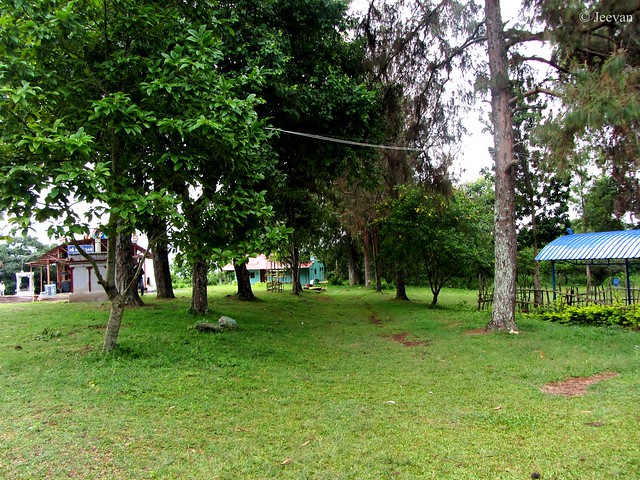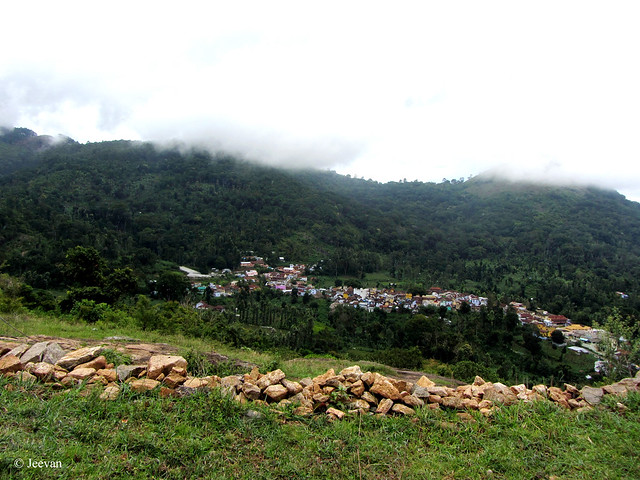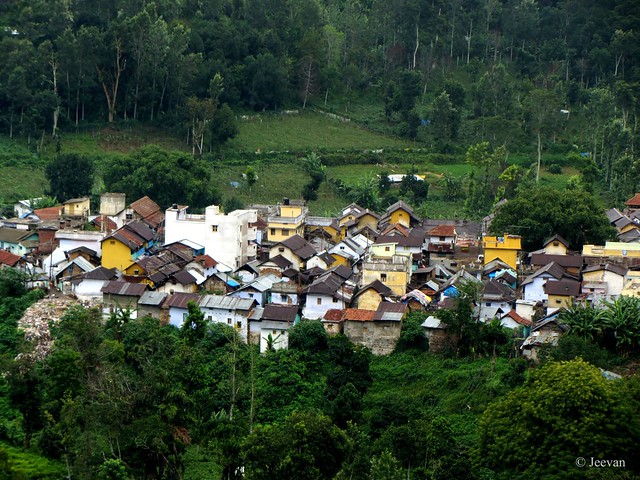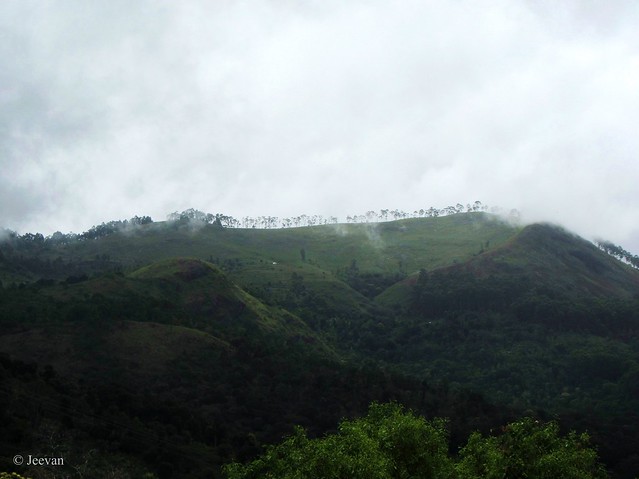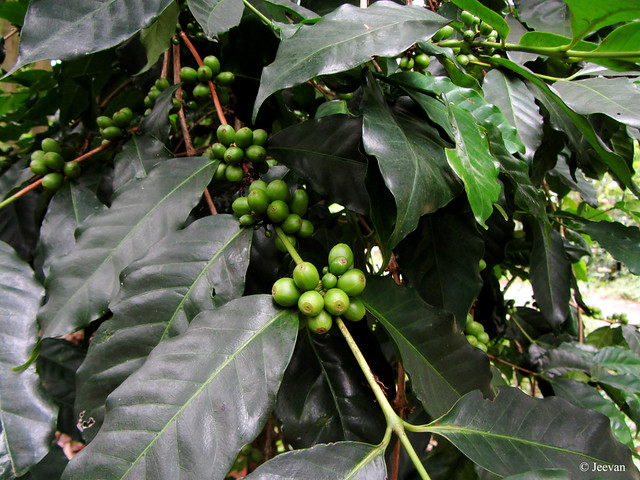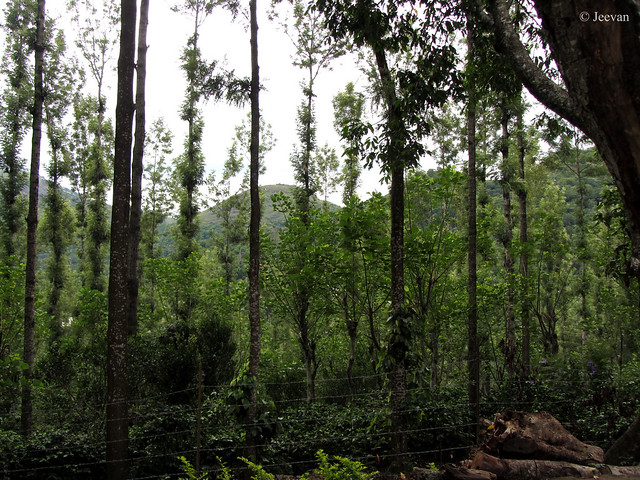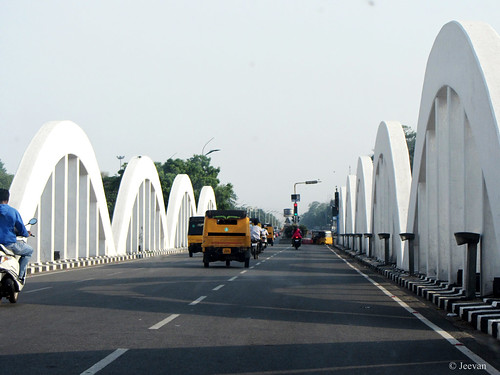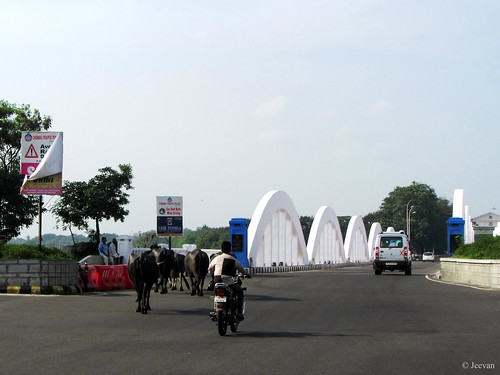Ten years has
passed since tsunami struck the coastlines of Indian Ocean, following the powerful
earthquake with an epicenter off the west coast of Sumatra in Indonesia; the memories
of tsunami are obvious like picking up shells from the seashore. Though I
haven’t affected by the deadly waves directly, I was deeply disturbed and
mentally suffered followed by the development of the devastation and scattered reports
on mourns to death. There were even rumors (on the advancement of sea) to
leave us into panic and living not far from the seashore, it’s impossible to
avoid the uncertainty prevailed.
 |
| Memorial Icon of Tsunami in Kanyakumari |
Being
Sunday, we were asleep than usual and on hearing words something referred to
tremor I couldn't continue lying on bed and come out to know what as my uncle asked
me that I felt anything. There was an earthquake! But the tremor being so mild only
those who were awake and living at certain elevation have felt the tremble and
by the time I look at the street everyone where back to their places who came
out in panic. During the disaster we were
staying in the first floor of our native house in Adyar, Chennai, hearing the
news of tremor triggered panic even before the tsunami strike the coast or
sorrow choke the throat.
My first
encounter with a tremor/earthquake was in October 2001. Until then I have just
heard of earthquake and know how it used to be only after seeing the Gujarat
incident that happened on the same year. My expression and experience to tremor
was funnier, perhaps not knowing how to react to such feeling/fear I scared so
much and throw away the board on which I was painting something while sitting
on the sofa. Since I was in caliper I could get out like others who rushed
down as soon they felt the tremble, my mom and uncle hurried up unbuckle my
shoes to lift me down. In few minutes all of us where on the street shoulder with
neighbours.
My deals
with tsunami were happen almost in front of the television, only my uncle was
dare to go check with the Elliot Beach following the stroke with tsunami. I was
staring at the television with awe, while the second longest beach in the world
(Marina) enveloped in war of waves. The cars that have always seen running on
roads where floated like boats in sea, with boats representing the parking lot.
It was heartbreaking to see bodies being dragged to shore and people running
towards the road to save their lives to avoid hitting the wall of sea. The news channels where updated from time to
time with the breakup of nature’s terror videos from across the southern countries.
Living
close to coastline, I am sure each one of them would have a story to convey on
their own related to tsunami whether they affected or not. During this course
of tsunami, rumours were also spread to frighten us with the advance of sea
levels into the landscape. I couldn’t sleep well for more than a week in panic,
spending number of nights in uncertain thinking about the disaster and the visually
seen in televisions/internet occupied the mind involuntarily. To relieve ourselves
from the nightmare of tsunami and earthquake, we all spent the night of same in
the single hall along with my uncle’s family to make not panic.
In
the last 10 years I have covered 2/3 of the coastline of Tamil Nadu from
Pulicat to Kanyakumari, we heard many stories related to tsunami during our
journeys. While I visited Kanyakumari it was impossible to keep away the
thought of tsunami and the videos and images were recollected when I sit watch
the waves crashing the rocks. I felt unrest at each big wave arrive in force
and the tourist boats making leap across them. Even it was fun checking some youngsters
enjoy the strong waves and water splashes, something uncertain keep occupied. I
also come across Manakudy, one of the worst affected villages in Kanyakumari where
a bridge was washed away into the sea enclosed with number of death in the
district.
The
mindset was very similar even when I visited Velankanni, Cuddalore, Karaikal and
Kodiyakarai along many other places aside east coast road (ECR), there are many
villages in Tamil Nadu where one can find the traces of tsunami still exists
reminding the one of the deadly disaster of our history. Many memories trigger
while writing this post and experience with places that well relevant to the tsunami,
but I couldn’t bring all of them here. I truly wish these incidents never
repeat.

